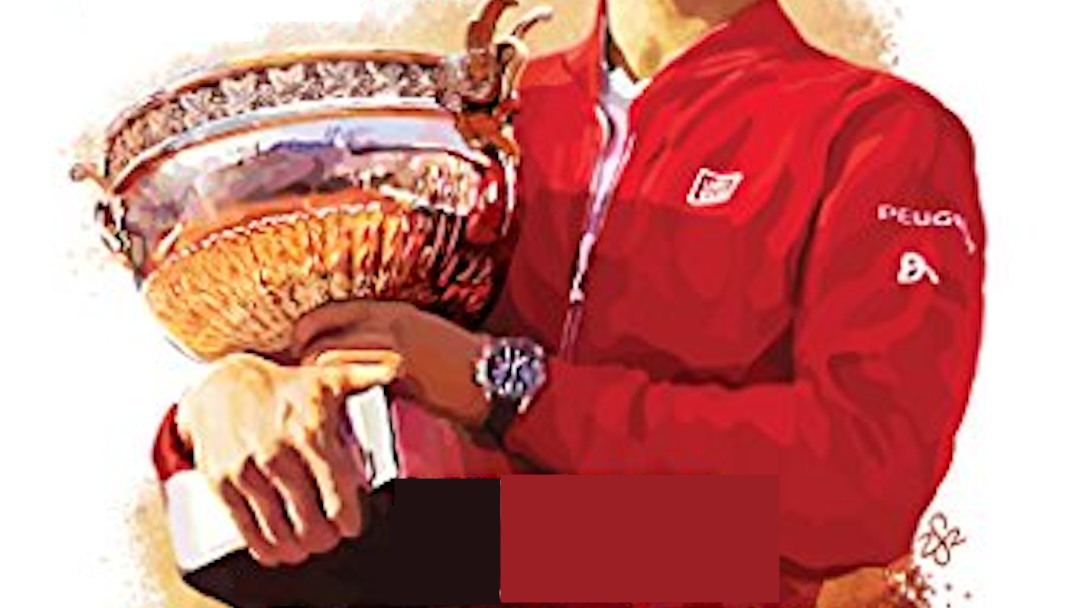In the 1950s and 1960s, Australian players dominated tennis at both the amateur and professional levels. This “Golden Era” was a remarkable period that left an enduring legacy not just in tennis but also in the sporting world. Rod Laver was the best of the talented cohort, including some of the most iconic players who ever picked up a racquet. The list of Aussie talent is as impressive as it is long. Frank Sedgman, Ken Rosewall, Lew Hoad, Neale Fraser, Mal Anderson, Ashley Cooper, Roy Emerson, Fred Stolle, John Newcombe, Margaret Court, and Evonne Goolagong combined dominated the sport for over two decades.
Laver is the author of ‘The Golden Era: The Extraordinary Two Decades When Australians Ruled the Tennis World.’ It was written in collaboration with Larry Writer, who is a highly regarded Australian journalist, author, and publisher. This book describes the prowess and personalities of the Australian players who dominated the Grand Slams, Davis Cup, and professional tennis both before and after the dawn of the “Open Era.” In combination, they created a tennis dynasty that is unlikely ever to be repeated.
Laver describes how he was first inspired to pursue tennis greatness after listening to radio broadcasts of Rosewall and Hoad competing in the Davis Cup. His family was so tennis-crazed that they built a court in their backyard, famously using dirt from ant beds and silt from a nearby river. Other players of his era were similarly obsessed, including Margaret Smith (Court), who played on a makeshift court lined out on a road. In a time when most of the players from other parts of the world were emerging from well-monied clubs, Laver describes a different culture in Australia. Tennis courts were abundant, and the sport was widely accessible and inexpensive to play.
‘The Golden Era‘ is organized into chapters that intersperses short biographies of the iconic Australian players with Laver’s own direct experiences and perspectives. With so many players to cover, this book is extremely long by tennis book standards. However, I found it to be highly engaging and entertaining, and I had trouble putting it down. It is meticulously researched and extraordinarily well written.
The Lawn Tennis Association of Australia (LTTA, which is now known as Tennis Australia) receives much-deserved attention and credit for architecting a player development pipeline that fueled two decades of dominance. Harry Hopman figures prominently in that storyline and is a recurring character throughout the players’ lives described in ‘The Golden Era.’
Laver himself and many of the other players highlight the hypocrisy of the amateur system as administered by the LTAA in this book. Players subsisted on meager stipends that barely covered their expenses. At the same time, the organization was lining its own pockets with the proceeds from hosting Davis Cup ties, tournaments, and exhibitions. As a stark example of the inequity, the LTAA refused to support bringing the player’s wives to competitions but routinely brought their own spouses on those trips at the organization’s expense.
Many of the Australian players of this era rose to prominence in amateur tennis, turned professional as contract pros, and successfully returned to the Grand Slams after the start of the Open era. The sheer number and diversity of each player’s experiences shared in ‘The Golden Era‘ illuminates what is arguably the most pivotal period in the sport’s history.
For a tennis training junkie, there is plenty of interesting material to glean in ‘The Golden Era‘ from the experiences shared by the players. Under Hopman’s tutelage, the Aussies spent a lot of time in the gym on strength and endurance training, which was key to their longevity and success. When she joined the women’s professional tour, Margaret Court was considered an outlier because she lifted weights. That was merely what all players within the Australian tennis system were expected to do.
I emerged from this book with a newfound appreciation for the Australian tennis players from this time period. In addition to their dominance on the court, they come off as genuinely good people and the kind of guys you would want to have a beer with. ‘The Golden Era‘ describes the consumption of many of those beverages, which was also an indelible part of their legacy.
In Laver’s own words at the end of this book, “Empires decline and fall, that’s the way of the world, and the Australian tennis empire was no exception.” Without the foundations laid by this community of great players, the sport might not have developed into what it ultimately became. I highly recommend ‘The Golden Era: The Extraordinary Two Decades When Australians Ruled the Tennis World‘ as a way to fully experience that glorious period of the sport.
Fiend At Court participates in the Amazon associates program and receives a paid commission on any purchases made via the links in this article. Details on the disposition of proceeds are available on the “About Fiend at Court” page.




